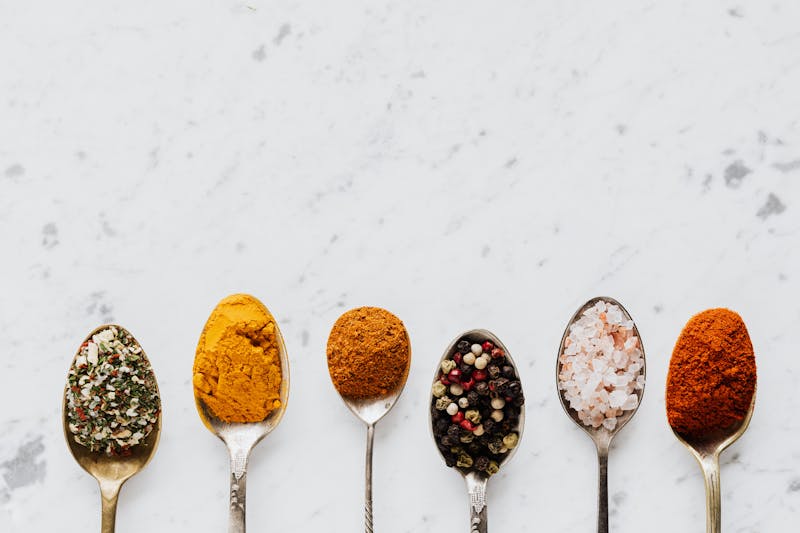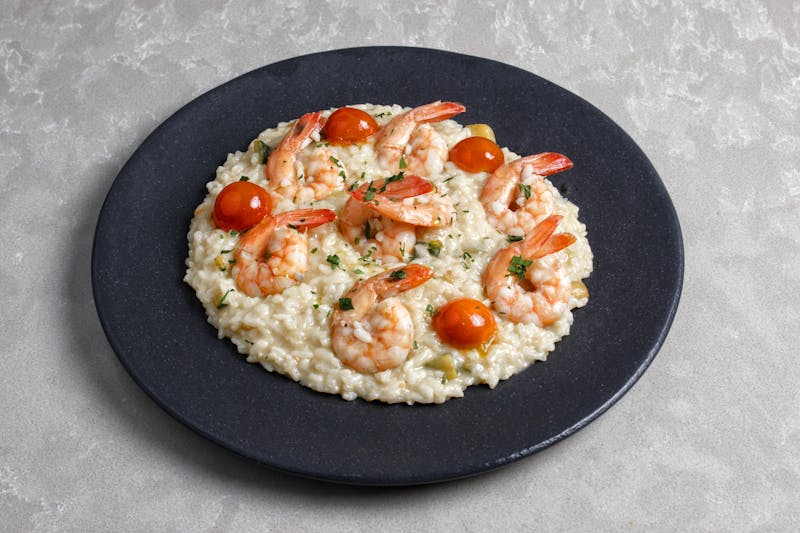Introduction
When you think of a truly indulgent meal, seafood often comes to mind. Whether it’s the delicate sweetness of lobster, the robust flavor of salmon, or the briny bite of oysters, seafood brings an unmatched variety of tastes and textures to your plate. But beyond just being delicious, seafood is also packed with nutrients that are beneficial for your health. In this guide, we’ll explore the wide world of seafood, how to cook it to perfection, and the best ways to incorporate it into your meals. Whether you’re a seafood lover or a newcomer to the ocean’s bounty, this guide will help you discover why seafood deserves a place on your table.
The Diverse World of Seafood
An Overview of the Many Types of Seafood
Seafood encompasses a wide variety of edible creatures from the ocean, including fish, shellfish, and mollusks. With so many types of seafood available, it’s no wonder it has become a cornerstone of global cuisine. Let’s break down the different categories:
Fish Varieties
Fish are the most common type of seafood and come in a broad range of flavors and textures. From rich and fatty fish like salmon and mackerel to lean, mild-tasting fish like cod and flounder, there’s something for everyone. Popular fish varieties include:
- Salmon: Known for its rich, fatty texture and high omega-3 content, salmon is often the star of the seafood world. It’s perfect for grilling, baking, or even eating raw in sushi.
- Tuna: Whether you enjoy it as a steak or in a salad, tuna offers a meaty texture and bold flavor.
- Cod: This white, flaky fish is mild in flavor and works well in a variety of dishes, from fish and chips to hearty stews.
- Halibut: With its firm, meaty texture, halibut is often grilled or pan-seared and can hold up to a variety of seasonings.
Shellfish Delights
Shellfish are another delicious group of seafood, and they’re packed with protein and nutrients. This category includes:
- Shrimp: Sweet, tender, and incredibly versatile, shrimp can be grilled, sautéed, or even served in soups and salads.
- Lobster: Considered a luxury, lobster has a delicate flavor and tender texture. It’s often boiled or steamed and served with butter.
- Crab: Whether you prefer the sweetness of blue crab or the rich flavor of king crab, this shellfish is perfect for picking and savoring.
- Mussels and Clams: These bivalves are typically steamed or used in chowders and pastas, offering a briny, oceanic flavor.
Mollusks: A Delicious Surprise
Mollusks such as squid, octopus, and oysters offer unique textures and flavors. They’re often an acquired taste but can add a fascinating layer of flavor to your meals. Oysters, for instance, can be enjoyed raw with a squeeze of lemon, while squid can be grilled or used in a creamy pasta.
The Health Benefits of Seafood
Seafood isn’t just tasty—it’s also incredibly nutritious. Packed with high-quality protein, omega-3 fatty acids, and essential vitamins and minerals, seafood is one of the healthiest sources of protein available.
High in Protein and Low in Fat
Seafood is an excellent source of lean protein, which is essential for muscle building and repairing tissue. Unlike red meats, which can be high in saturated fats, most seafood is low in fat, making it a heart-healthy choice.
Omega-3 Fatty Acids
One of the standout features of seafood is its omega-3 content. Omega-3 fatty acids, found in fish like salmon, tuna, and mackerel, are essential for brain function, heart health, and reducing inflammation. They can also help lower the risk of chronic diseases such as heart disease and arthritis.
Essential Vitamins and Minerals
Seafood is rich in vitamins and minerals, including vitamin D, vitamin B12, zinc, and iodine. These nutrients are crucial for maintaining healthy bones, immune function, and thyroid health.
Sustainable Seafood: Eating Responsibly
As seafood consumption continues to rise globally, the importance of sustainable fishing practices cannot be overstated. Overfishing and destructive fishing methods threaten the health of our oceans and marine life. It’s essential to make informed choices when selecting seafood to ensure that you’re supporting ethical and environmentally-friendly practices.
How to Choose Sustainable Seafood
Look for seafood that is certified by organizations like the Marine Stewardship Council (MSC) or the Aquaculture Stewardship Council (ASC). These certifications indicate that the seafood was caught or farmed using sustainable practices. You can also ask your local fishmonger about the origin of the seafood to make sure it’s sustainably sourced.
Avoiding Overfished Species
Certain species of fish, such as bluefin tuna and Atlantic cod, are critically endangered due to overfishing. By choosing alternatives like farmed rainbow trout or sustainable wild-caught salmon, you can help protect vulnerable marine ecosystems.
The Best Ways to Cook Seafood
Cooking seafood requires finesse to preserve its delicate flavors and textures. Here are a few methods to try:
Grilling Seafood
Grilling seafood imparts a smoky, charred flavor that enhances its natural taste. Fish steaks like tuna or swordfish are perfect for the grill, as are shellfish like shrimp and lobster. Just be sure to oil the grill and avoid overcooking to keep the seafood tender.
Steaming and Boiling
Steaming is a gentle way to cook seafood, preserving its moisture and freshness. Mussels, clams, and shrimp are great candidates for steaming. Boiling is ideal for larger shellfish like lobster and crab.
Pan-Seared and Baked Seafood
Pan-searing fish like salmon or halibut gives it a crispy crust while keeping the inside tender. Baking is another great method for cooking fish, particularly delicate ones like cod. Add a drizzle of olive oil and your favorite herbs for extra flavor.
Popular Seafood Dishes to Try
Shrimp Scampi
Shrimp scampi is a classic Italian-American dish that combines succulent shrimp, garlic, lemon, and white wine in a buttery sauce. Served over pasta, it’s a quick and flavorful meal that’s always a crowd-pleaser.
Lobster Roll
A lobster roll is the ultimate East Coast delicacy. Tender lobster meat is mixed with mayonnaise and served in a buttered roll. It’s simple yet indulgent, making it the perfect treat for a special occasion.
Paella
This Spanish classic is a feast for the senses. Paella features a mix of seafood, saffron rice, and vegetables, all cooked together in a large pan. It’s an ideal dish for family gatherings and celebrations.
Sushi and Sashimi
For the freshest taste of the ocean, sushi and sashimi are the way to go. These dishes showcase raw fish and seafood, often paired with rice, wasabi, and soy sauce.
Pairing Seafood with Wines and Sides
Best Wines for Seafood
White wines are often the go-to choice for seafood, as their crisp acidity complements the flavors of fish and shellfish. Sauvignon Blanc, Chardonnay, and Pinot Grigio are all excellent choices. For richer seafood dishes like lobster, a buttery Chardonnay works wonders.
Ideal Side Dishes for Seafood
When it comes to pairing sides with seafood, think light and refreshing. A simple green salad, roasted vegetables, or garlic bread make great accompaniments to your ocean-inspired meal.
Common Mistakes to Avoid When Cooking Seafood
Overcooking Seafood
Seafood cooks quickly, so be careful not to overdo it. Overcooked fish becomes dry and tough, while shellfish can become rubbery. Always monitor cooking times carefully.
Not Cleaning Seafood Properly
Cleaning seafood properly is key to achieving the best flavor. Be sure to remove shells, scales, and any inedible parts before cooking. Shellfish should be scrubbed and debearded, and fish fillets should be carefully deboned.
Conclusion
Seafood is more than just a delicious meal—it’s a gateway to diverse flavors, numerous health benefits, and culinary creativity. By choosing sustainable options and learning how to cook it properly, you can enjoy seafood in a way that’s both satisfying and environmentally responsible. Whether you’re enjoying a simple shrimp scampi or a decadent lobster roll, seafood always offers something special for your taste buds.
FAQs
1. Is seafood good for weight loss? Yes! Seafood is low in fat and high in protein, making it a great option for weight management.
2. How can I ensure that the seafood I buy is fresh? Look for seafood that smells clean and oceanic, with firm, moist flesh. Avoid seafood with a strong fishy odor.
3. Can I substitute seafood in traditional meat dishes? Absolutely! Many seafood options, like shrimp or white fish, can be used in place of chicken or beef in dishes like tacos, pasta, or stir-fries.
4. How do I know if a seafood species is sustainable? Check for sustainability certifications such as MSC or ASC, and research the species’ conservation status to avoid overfished options.
5. What’s the best way to store seafood? Keep seafood refrigerated at a temperature of 32°F (0°C) and consume it within one to two days. You can also freeze seafood for longer storage.

